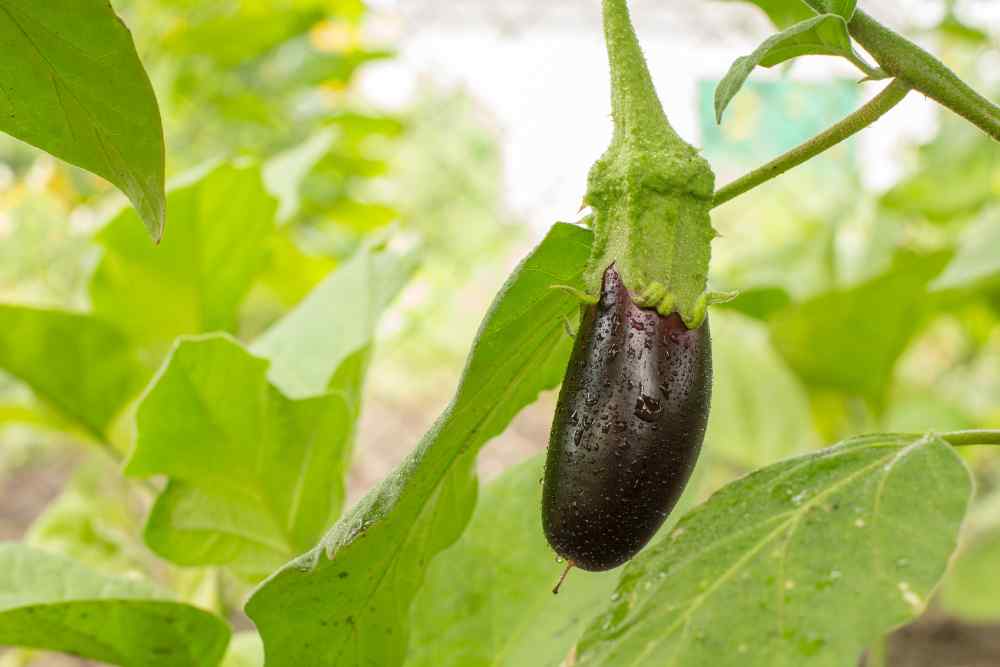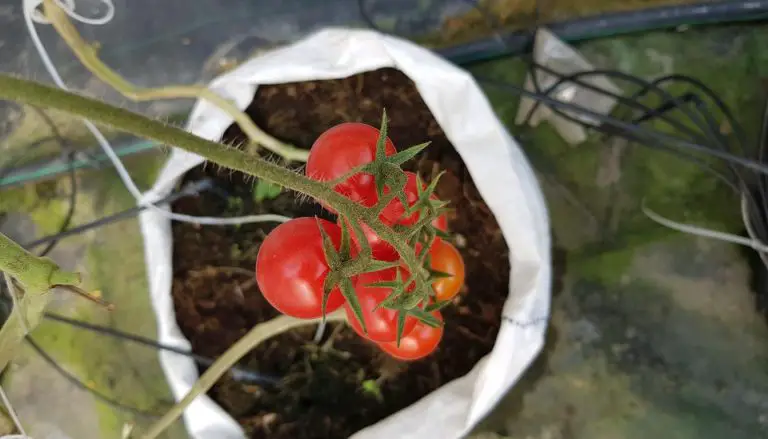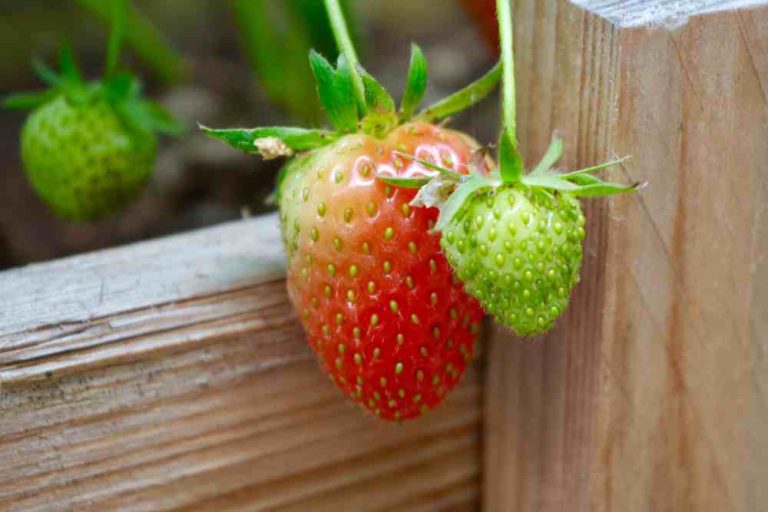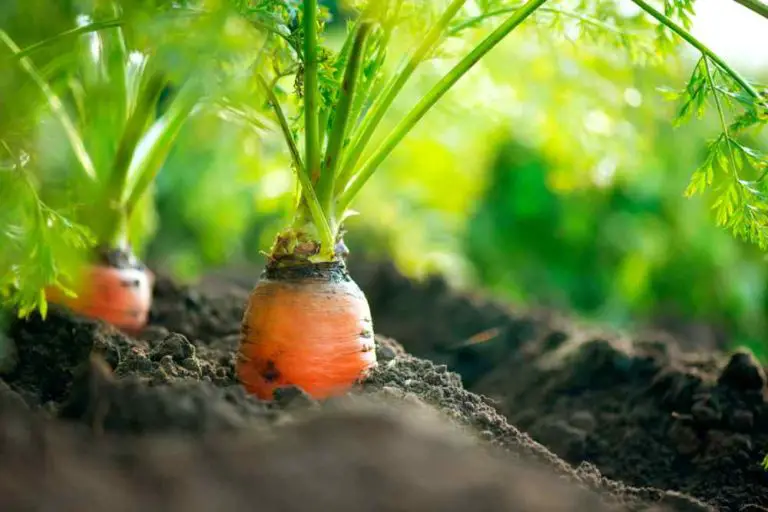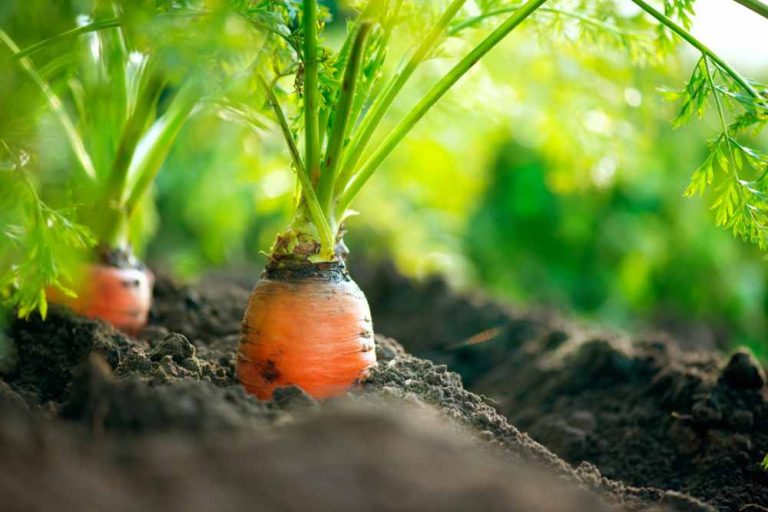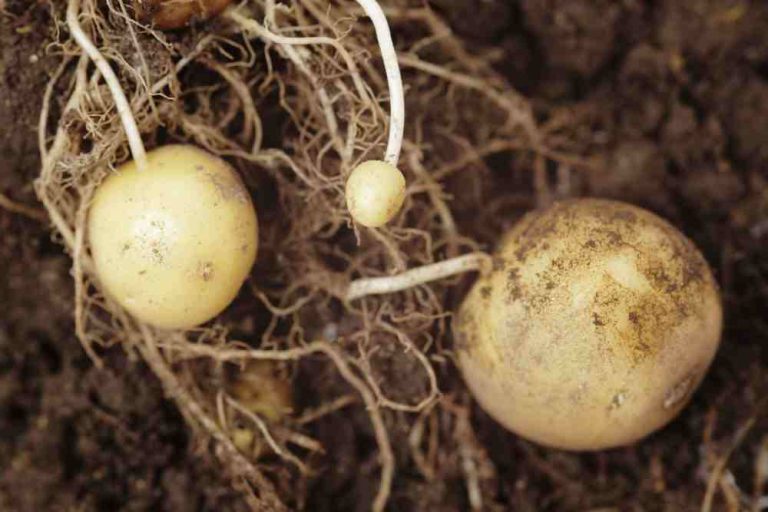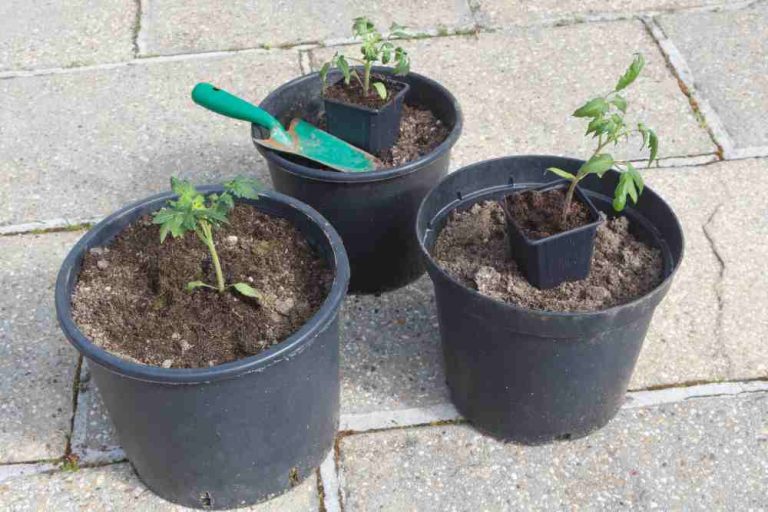Growing Eggplant: A Complete Guide to Cultivating Eggplant in Your Garden
Eggplants (Solanum melongena) are a member of the Solanaceae family to which tomatoes, potatoes, and peppers also belong. Growing eggplant is common in North America and Australia and references the egg-like appearance of smaller, white fruits.
The plant can grow up to six feet tall and may need to be supported. Pinching the terminal buds will cultivate a bushier form making them ideal for growing in pots. The leaves of eggplant are big and rough, and the stem is frequently spiny.
The fruit is considered a berry just like a tomato and contains many small, soft seeds. These seeds are edible but can be bitter. Eggplant produces fruits in a variety of sizes, shapes, and colors. You can grow eggplants that are large or small, round, pear-shaped, or elongated, purple, black, lavender, yellow, white, maroon, or striped.
In most countries, the best period to start eggplant cultivation is during the second half of spring. However, in the United States (Florida) and in the United Arab Emirates, the planting of eggplants normally takes place during August, and harvesting starts from November onwards.
How To Grow Eggplant?
Eggplants growing can start from seeds or seedlings. Eggplants require relatively high temperatures. They grow fastest when temperatures are between 70° and 85°F and plenty of sunlight need in order to thrive.
Frost or temperature above 95°F may cause a delay in flowering or damage to flowers and tissues. Therefore a sunny spot with well-draining soil is essential for growing eggplant. A raised garden bed or container is ideal because the soil will warm up faster than the ground.
Plant them where other nightshade plants have not been planted in recent growing seasons to help protect your eggplant from diseases. Eggplants prefer well-draining, loamy soil with a pH between 6.0 to 6.5. If you’re not sure about your soil whether your soil is alkaline or acidic, you can perform a soil test.
If you are starting from seeds, make sure the soil is between 75 and 85 °F. Use a heating mat if necessary. Seeds will need these warm temperatures for two to three weeks to germinate. Start seeds in soil 0.6 cm deep. Transplants can help you get a jump on the longer maturation times if you happen to live in a cooler climate.
Then harden them off by putting the seedlings outside in the full sun for a week before planting them in the soil bed. Keep seedlings out in the sun for a short time on the first day about a half-hour and gradually increase the time spent outdoors each day for a week to 10 days, by the end, the plants will be ready to receive a whole day’s worth of sun.
Once the chance of frosts has passed they can be transplanted into the garden. Space transplants in the vegetable garden are 46 cm from each other and in rows that are 91 cm apart. Mulch plants well to conserve water. Keep in mind that if you produce more than one kind of eggplant and want to save the seeds, they can cross-pollinate.
Water them regularly to prevent blossom end rot of fruit and to keep the plants productive. Larger plants over 60cm tall may require staking for support. Even though the plants are still small you can add stakes to avoid disturbing the roots once the plants are established. A piece of bamboo or a wooden stake is sunk deeply into the soil about 1-2 inches away from the plant. You can also make a bamboo cage or use a tomato cage made of coated metal.
If you’re planting eggplants with other veggies (beans, capsicum, lettuce,) in your garden bed, they’re compatible with them. Avoid planting eggplants in the same garden bed as potatoes, as bacterial wilt caused by a soil-borne bacterium affects eggplants as well.
How to Grow and Care for Eggplant?
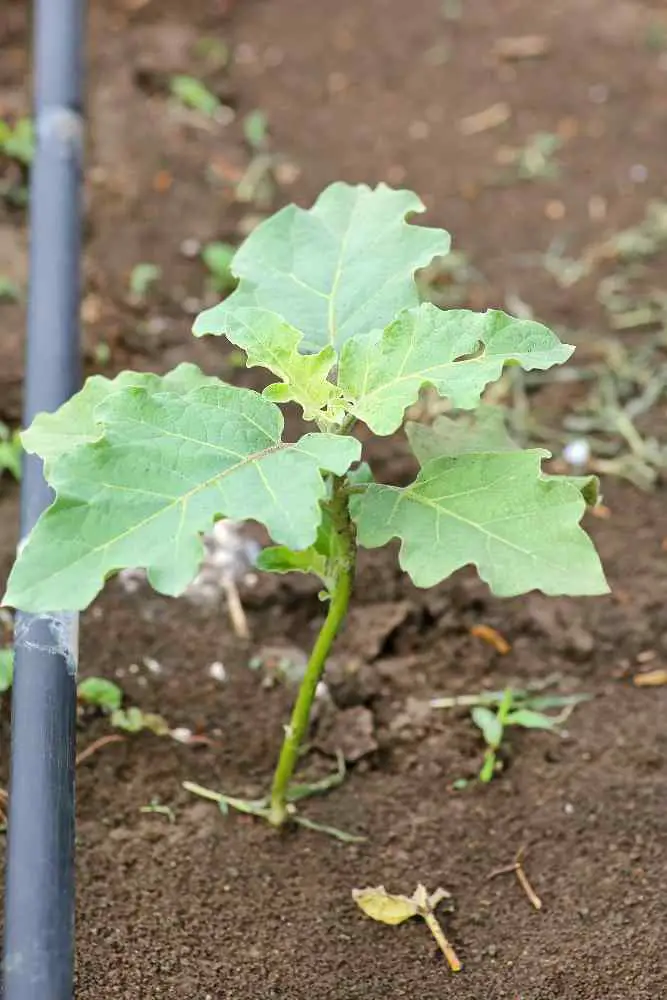
Place your transplants in the garden where they will receive full sun. The soil should be nutrient-rich and well-drained. If required, make changes to ensure that the plants get enough nutrients and are not in standing water. Eggplants thrive on soil with consistent moisture. To encourage deep root development, water frequently, especially while the plants are young.
To prevent disease, avoid over watering, but consider using mulch such as straw or wood chips to keep the soil moist, warm, and weed-free. In general, eggplants should receive one inch (2.5 cm) of rain or water every week. Inconsistent watering can result in abnormally shaped eggplants.
When planting seedlings, incorporate compost or a 5-10-10 fertilizer into the soil according to the package instructions. Fertilize again when the first eggplants are still small, and then again a few weeks later. Wind helps Eggplant to self-pollinate. However, pollinating insects can also help with the process. Eggplant is self-fertile, however, it benefits from bee pollination. Stake or trellis plants as needed, and remove withered leaves.
You can prune the peripheral stems of the plant, forcing it to develop further through the two main stems. Pruning facilitates proper aeration and protects the plant from humidity-favored infections. Help the plant by removing the weaker blossoms and leaving the healthier ones. This method allows the plant to deliver more nutrients to the remaining flowers, resulting in fewer but larger fruits.
Harvesting Eggplant
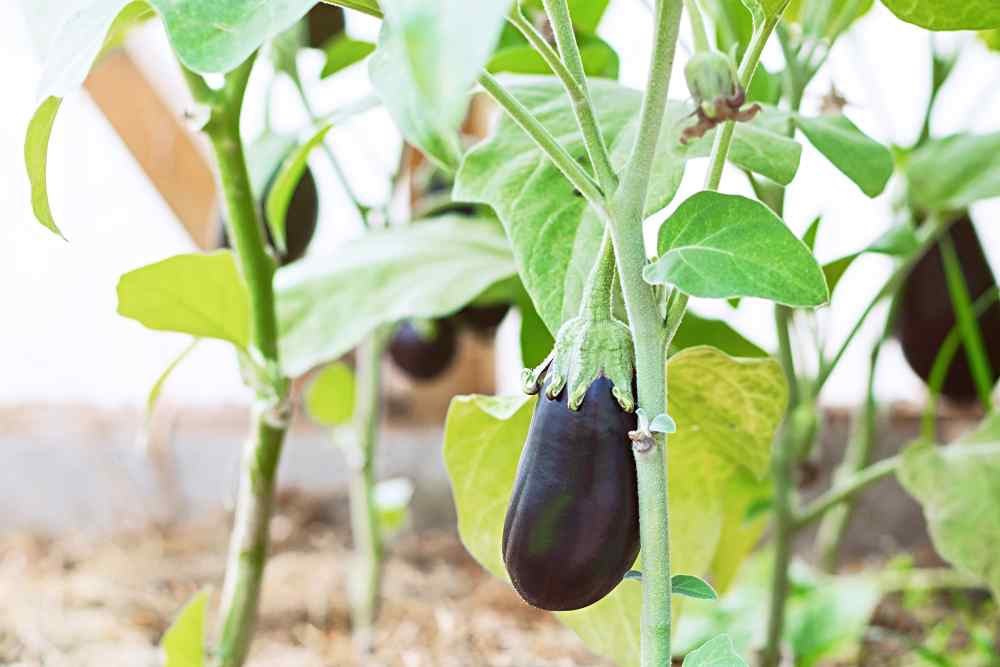
You can harvest each eggplant variety when it is a mature size, but you can also pick those that are not totally developed. If the skin is bright, shiny, and firm, it is time to pick when smaller, the fruits will be tender in texture and flavor.
Allowing eggplants to mature on the plant will cause them to lose quality. If left on the plants for too long, eggplant would become woody and bitter. It is time to select if the skin is bright, shiny, and firm.
Use shears or scissors to harvest eggplants. If you try to pull them off, it will damage the plant, the fruit, or both. You can store them for about 1/2 week in the refrigerator. If an eggplant fruit is cut open and the seeds inside would be turned brown and the flavor may be bitter. Picking fruits when they are a third to two-thirds of their fully mature size is the best approach to avoid this. Eggplants are always best eaten fresh.
Common Pests and Plant Diseases
Many of the same pests and diseases affect eggplant as they do other nightshade species, including tomatoes. Flea beetles, cutworms, tomato hornworms, aphids, and Colorado potato beetles are also potential pests.
- Yellow-and-black-striped, colorado potato beetles and the yellow masses of eggs they lay on leaf undersides must be hand-picked and destroyed.
- Hand-picking works well for tomato hornworms, which are 4-inch green caterpillars with white stripes. Don’t destroy those that are wrapped in small white cocoons; these contain parasitic progeny of the beneficial braconid wasp.
- Yellow-stippled leaves are caused by tiny spider mites; remove these pests by spraying the plant with water.
- Aphid problems can be easily resolved by handpicking or hosing off the pests with a spray of water using a trigger nozzle every two to three days.
- Eggplant diseases include powdery mildew and fungal leaf spot. A fungal leaf spot disease causes dark patches on the leaves to expand and dry up. To prevent the spread of the fungus, remove damaged leaves and dispose of any fallen leaves, as the fungus can survive the winter on fallen leaves in the soil. Water plants in the morning so they can dry during the day, and avoid wetting the foliage if watering in the afternoon.
- Look for pest and disease-resistant varieties and try to provide ideal growing conditions. Many pest and disease problems can be avoided by growing healthy plants.
- 20+ Chic Boho Bedroom Ideas for a Cozy and Stylish Retreat - June 20, 2024
- 12+ Modern Boho Living Room Ideas to Create a Unique Oasis - June 10, 2024
- 10 Stunning Canopy Bed Ideas for a Dreamy Escape - May 16, 2024

